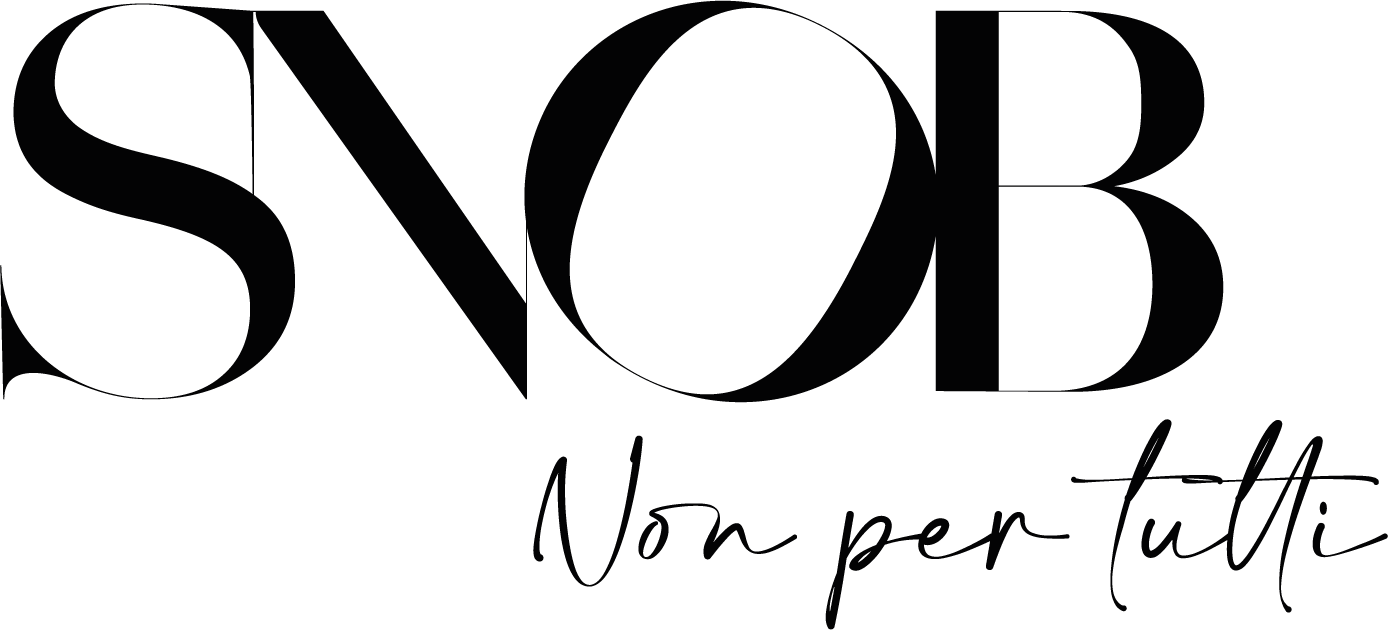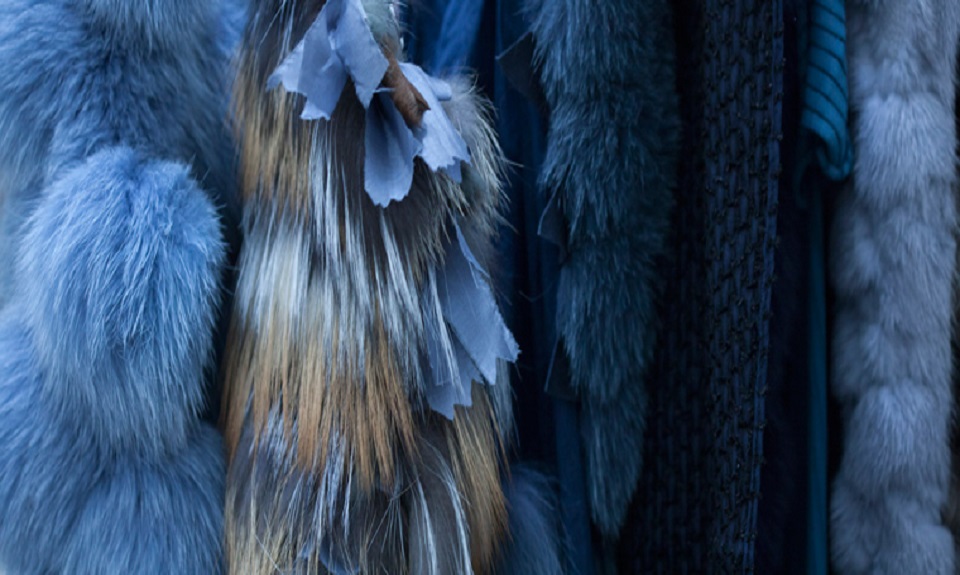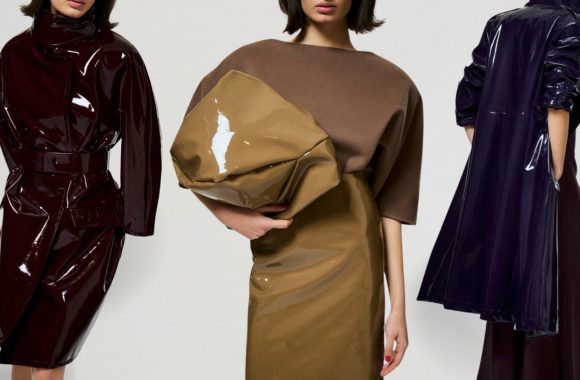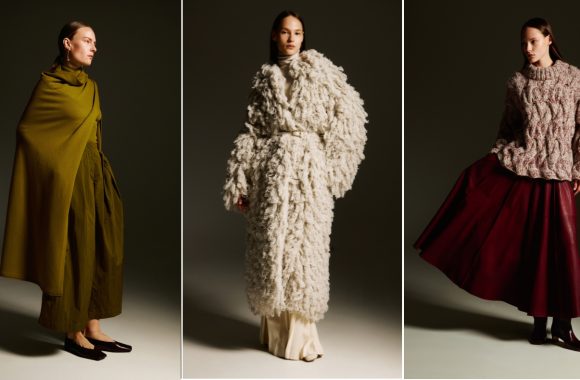Sembra paradossale ma è vero: il giornalismo di moda è restio a parlare del settore pellicceria, delle aziende che vi operano e, soprattutto, di come agiscono. La notizia esce solo se c’è un fatto di interesse globale – com’è stato il caso recente relativo a Giorgio Armani – oppure se c’è una protesta in atto nei confronti della stessa industria da parte di animalisti e altre associazioni. È certamente un tema controverso, soprattutto perché risulta difficile convincere la maggior parte delle persone che vi siano lati positivi nel vestire pelo di animale.
Ma perché non informarsi per poi farsi un’opinione? Perché non cercare di guardare e ascoltare anche chi è dall’altra parte, ovvero le aziende, le case d’asta del settore? Saga Furs, fondata in Finlandia nel 1938, è una di queste voci. Welfare dell’animale, attenzione all’ambiente, corporate social responsability e un importante sostegno nei confronti dei designer emergenti sono i valori aggiunti di questa azienda, unica quotata in borsa tra le diverse case d’asta.
Intervistata a Milano, Elisabetta Pinacci (manager per l’Italia di Saga Furs) ha risposto a domande che vogliono portare alla luce gli aspetti che, secondo il loro punto di vista, sono meno conosciuti e di maggiore interesse.
Ambiente, welfare e pellicceria, in che modo convivono all’interno di Saga Furs?
<<Credo sia necessaria una premessa. Fino a prima della crisi del 2008 erano oltre il 70% gli stilisti che utilizzavano la pellicce come uno dei materiali principali per le loro collezioni. Oggi sono circa il 58%, dato che dimostra come questo settore non si sia spaventato difronte alle difficoltà. Questo per due motivi: il forte in-come che produce e, circostanza tenuta poco in considerazione, il fatto che per i paesi scandinavi indossare pellicce faccia parte della loro tradizione. Tutti elementi che portano lavoro e quindi migliori condizioni di vita in paesi come questi dove non ci sono molte altre aree di sostentamento. Saga Furs ha sposato un programma diverso dalle altre case d’asta che agisce su di diversi aspetti: essendo quotata in borsa ha l’obbligo di essere trasparente verso i suoi share-holders, skin-dealers e nei confronti delle ONG che si occupano di ambiente e welfare dell’animale e, non ultimo, delle Nazioni Unite. Ci atteniamo infatti, tramite la redazione di un documento annuale, alle loro linee guida contenute nello United Nations Global Compact Initiative. Saga Furs, come tutti i suoi competitors, ha l’obbligo di seguire i punti stabiliti dalla Convenzione di Washington o CITES (Convenzione sul commercio internazionale delle specie minacciate di estinzione, ndr) per quanto riguarda il benessere dell’animale all’interno delle farm e durante la sua morte che vogliamo essere più decorosa possibile. Per quanto riguarda l’ambiente, e anche questo è tutto sul nostro report annuale, Saga Furs agisce su diversi aspetti, uno tra tutti il metodo di sostentamento degli animali i quali si cibano di alimenti provenienti da una filiera controllata e non ogm. Mangiano una miscela degli scarti (commestibili) dei nostri contadini. Nulla viene sprecato. Ultimo aspetto, altrettanto importante è il nostro settore controllo e qualità. A supervisionare il nostro lavoro, oltre ai nostri funzionari interni, c’è il governo e una terza parte, un auditor esterno e indipendente (ovvero che non si occupa di pellicceria, ndr)>>.
Parliamo di animali. Ne esistono di “eco-sostenibili”?
<<Sì e sono tre: le volpi, i visoni e i finn raccoon. Sono solo questi per Saga Furs. Li alleviamo e pertanto non vengono cacciati dai bracconieri. Sono inoltre tracciabili e sostenibili per i motivi elencati prima>>.
Le persone non possiedono tutte queste informazioni.
<<No. Non sono a conoscenza di questi dettagli per due motivi: i giornali, soprattutto quelli del settore abbigliamento, non ne parlano e perché, sempre dal punto di vista dell’informazione, l’industria alimentare è molto più interessante del fur trade. Quello che non si sa è che noi siamo per molti aspetti più trasparenti rispetto a quella del cibo>>.
Parliamo di moda. La vostra casa d’aste è molto attiva anche nel supportate i giovani designer, tra cui Chicca Lualdi e Francesca Liberatore. Come mai questa scelta?
<<Saga Furs ha colto l’occasione che le si è presentata alla fine degli anni ‘70 quando c’è stata un’importante crisi di prodotto. Pochi indossavano ancora pellicce. Ha deciso di investire in ricerca e sviluppo, aggiudicandosi, dopo qualche tempo, il primato per aver trovato il modo di realizzare pellicce sempre più leggere. Da quel momento è diventato naturale affacciarsi anche al mondo dei giovani creativi, che apprezzano il nostro prodotto, investendo su di loro sia dal punto di vista economico che culturale, attraverso dei programmi di “educational”. Collaboriamo anche con diversi e prestigiosi istituti italiani, europei ed esteri tra cui Ied, Istituto Marangoni e il Royal College of Art di Londra, sponsorizzando anche concorsi e offrendo borse di studio (a breve il prossimo, di cui il vincitore potrà lavorare per 9 mesi in un’importantissima maison di moda italiana, ndr). Grazie al nostro nome e reputazione siamo anche in grado di veicolarli all’estero. È stato così, di recente, con Francesca Liberatore e, in passato, con Chicca Lualdi e Gabriele Colangelo quando era agli inizi>>.
Nella sede di Copenhagen c’è il vostro Design Center: cosa avviene al suo interno?
<<Molte cose. Anzitutto i veri protagonisti di questo spazio sono i master furrier, i nostri artigiani, i quali insegnano, sviluppano i nuovi prototipi insieme ai designer e, su appuntamento, accompagnano i visitatori a scoprire il nostro archivio storico che conta più di 3000 creazioni>>.
Quali sono gli obiettivi che Saga Furs deve ancora realizzare?
<<Non siamo perfetti, ma la strada è quella giusta. Sia per quanto riguarda la trasparenza aziendale che per il supporto ai nuovi talenti. Vogliamo migliorare giorno dopo giorno>>.
VERSIONE IN INGLESE:
It seems paradoxical but it is true: fashion journalism is reluctant to talk about the fur industry, the companies that operate there and, above all, how they act. The news comes only when there is a matter of global concern – as was the recent case involving Giorgio Armani – or if there is a protest under way against the same industry from animal rights organizations and other groups. It is certainly a controversial issue, especially since it is difficult to convince most people that there are good points in dressing animal fur.
But why not ask and then form an opinion? Why not try to also watch and listen to those who are on the other side, ie companies, the industry auction houses? Saga Furs, founded in Finland in 1938, is one of these voices. Animal welfare, environmental awareness, corporate social responsibility and an important support for emerging designers are the added values of this company, the only publicly traded among the various auction houses.
Interviewed in Milan, Elisabetta Pinacci (Saga Furs Italy manager) responded to questions that want to bring to light aspects that, according to their point of view, are less known and of interest.
Environment, welfare and fur, how do they coexist with Saga Furs?
<< I think it needed a premise. Until before the crisis of 2008 were over 70% of the designers who used fur as one of the main materials for their collections. Today there are about 58%, since it proves how this sector is not frightened in front of difficulties. This is for two reasons: the strong in-come it produces and, little circumstance taken into account, the fact that the Nordic countries face wearing fur part of their tradition. All elements that bring jobs and therefore better living conditions in places like these where there are not many other livelihood areas. Saga Furs married a different program from the other auction houses acting on several aspects: being listed on the stock exchange has the obligation to be transparent to its share-holders, skin-dealers and on NGOs that deal with environment and animal welfare and, not least, to the United Nations. We respect infact, through the drafting of an annual document, their guidelines contained in the United Nations Global Compact Initiative. Saga Furs, like all its competitors, is obliged to follow the steps established by the Washington Convention or CITES (Convention on International Trade in Endangered Species, editor’s note) regarding animal welfare in the farm and during its death that we wanto to be more decorous. As for the environment, and this is all on our annual report, Saga Furs acts on several aspects, one among all the livelihood method of animals which feed on food from a controlled supply chain and not GMOs. Eat a mixture of waste (edible) from our farmers. Nothing is wasted. Last aspect, equally important is our control and quality field. Overseeing our work, in addition to our internal officers, there is the government, and a third party, an independent external auditor (or that does not deal with fur, ed) >>.
Let’s talk about animals. Which ones are really “eco-friendly” and do you use them?
<< Yes and are three: foxes, minks and the finn raccoon. These are only for Saga Furs. We raise them and therefore are not hunted by poachers. They are also traceable and sustainable for the reasons listed above >>.
People do not have all this information.
<< No. They are not aware of these details for two reasons: the newspapers, especially those in the fashion industry, do not mention it and because, always from the point of view of information, the food industry is much more interesting than the fur trade. What they do not know is that we are in many aspects more transparent than that of food chain >>.
Fashion. Your auction house is also very active in supporting young designers, including Chicca Lualdi and Francesca Liberatore. Why this choice?
<< Saga Furs took the opportunity that presented itself in the late ’70s when there was a major product crisis. A few were still wearing fur. We have decided to invest in research and development, won, after some time, the record for having found a way to make the ever lighter fur. Since that time it has become even natural to approach the world of creative young people, who appreciate our product, investing on them in terms of both economic and cultural views through our “educational programs”. We also work with several prestigious Italian, European and foreign schools including IED, Marangoni Institute and the Royal College of Art in London, also sponsoring contests, and offering scholarships (short the next, of which the winner will work for nine months in a very important Italian fashion house, ed). Thanks to our name and reputation we are also able to convey them abroad. It was so, recently, with Francesca Liberatore and, in the past, with Chicca Lualdi and Gabriele Colangelo when he was starting out >>.
In Copenhagen’s headquarters there is your Design Center: what happens inside?
<< Many things. First of all the true protagonists of this space are the master furrier, our artisans, who teach, develop new prototypes together with designers and, by appointment, accompany visitors to discover our historical archive with more than 3000 creations >>.
What are the objectives that Saga Furs has yet to realize?
<< We are not perfect, but the road is the right one. Both as regards the corporate transparency that for the support to new talent. We want to improve day after day >>.
Text and interview by Ilaria Introzzi
Photo courtesy Press office




